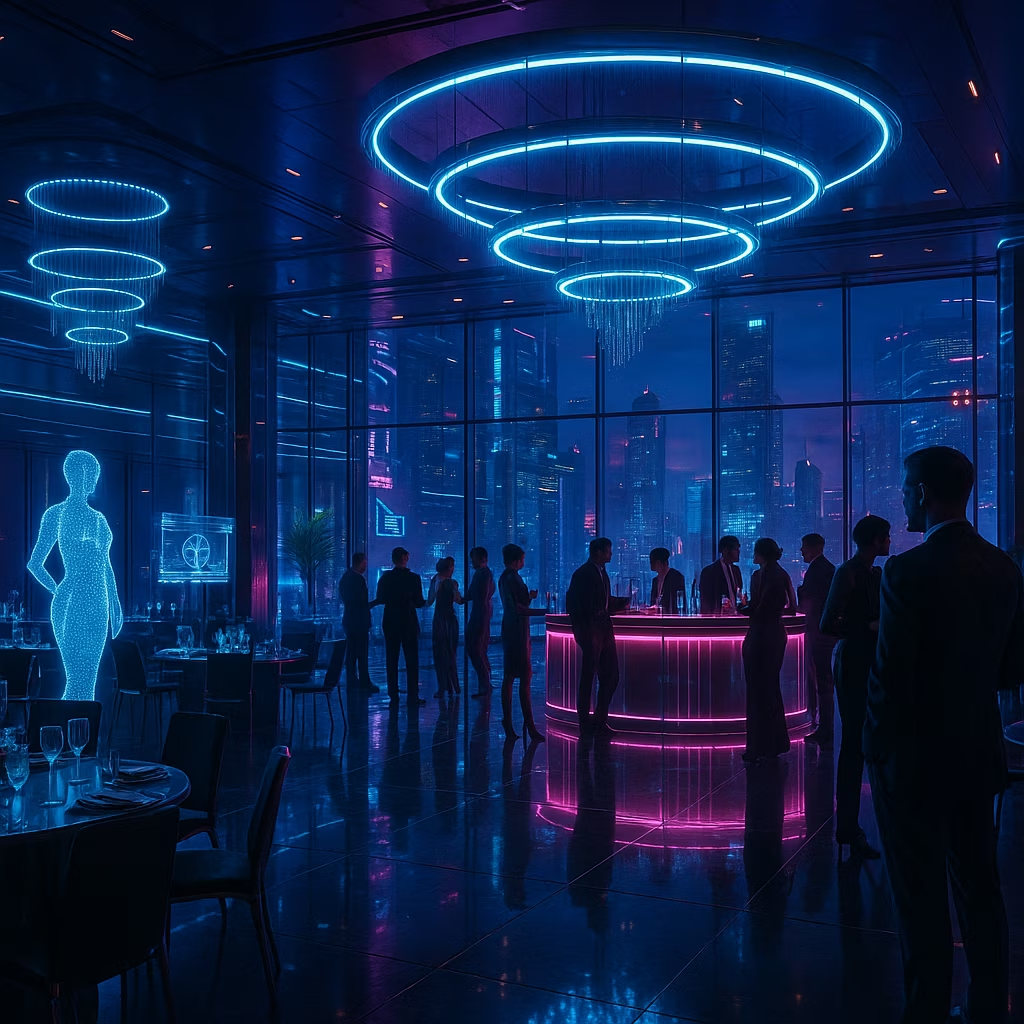Beneath the eternal twilight of neon and chrome, Night City breathes with a life both alluring and oppressive, its streets a labyrinth of ambition and decay where every shadow whispers tales of power and betrayal. 🌌 As the heart of Cyberpunk 2077, this metropolis, born from the genius of Mike Pondsmith's lore, stands as a testament to a world where flesh meets machine in a dance of survival. Walking its rain-slicked avenues, one can't help but feel the city's pulse—a relentless rhythm of danger and desire that envelops players in a shroud of immersive storytelling. Yet, beneath the dazzling facade, there lingers a sense of repetition, a monotony that echoes through the beige and gray corridors, whispering of missed opportunities for diversity. Personally, traversing these districts evokes a bittersweet nostalgia; the initial thrill of discovery soon fades into a familiar sameness, leaving a longing for the unexpected. 
The journey of Cyberpunk 2077, from its turbulent 2020 launch to its triumphant resurgence in 2025, mirrors the resilience of its protagonist, V—an ambitious mercenary chasing immortality through cybernetic enhancements in a sprawling open world. Set against the backdrop of Night City's ever-shifting power dynamics, the game immerses players in a role-playing odyssey where choices ripple across the narrative, shaping everything from character customization to the fate of districts like the gritty Badlands or the enigmatic Dogtown added in the Phantom Liberty DLC. However, the city's design, while iconic, often falls prey to uniformity; districts blend together like faded memories, their lack of distinct landmarks turning exploration into a chore rather than an adventure. I recall moments of exhilaration, like uncovering a hidden alley or engaging in high-stakes combat, but these were too often interrupted by déjà vu, as if the city's soul was trapped in a loop of recycled textures and predictable events. Through updates such as version 1.6, CD Projekt Red introduced features that added layers of depth:
-
New gameplay elements: Including a wardrobe system for cosmetic freedom, allowing V to switch outfits without sacrificing stats—a small but meaningful touch that made personal expression feel alive.
-
Additional content: Three new missions like "Catch in the Building" in Kabuki District, and six fresh weapons such as the Kappa smart pistol, enriching the world with bursts of novelty.
Yet, even with these enhancements, Night City's limitations became glaringly apparent, especially when contrasted with the vibrant potential hinted at in the lore. For instance, the Badlands region, meant to offer a stark contrast, instead felt barren and underutilized, its lack of landmarks making it a mere backdrop for scripted story beats rather than a living ecosystem. This flaw, combined with repetitive open-world events, sparked discussions about how the upcoming sequel, Project Orion, could evolve the franchise beyond familiar confines.
Project Orion, the officially announced follow-up, holds the promise of transcending Night City's boundaries, exploring uncharted territories to inject much-needed variety into the Cyberpunk universe. Based on hints from the original game and rumors swirling in 2025, potential new settings could include:
| Location | Potential Features | Lore Connections |
|---|---|---|
| Pacific Northwest | Lush woodlands, nomadic tribes | Explored in Judy's storyline, could introduce animals and deeper vehicle mechanics |
| Chicago | Overgrown ruins vs. corporate rebuilds | Linked via railway from Night City, offers visual contrast from urban decay |
| New United States | Political intrigue from Phantom Liberty | Builds on V's Street Kid background, like Atlanta ventures |
| Space Colonies | Lunar bases and zero-gravity exploration | Teased in Edgerunners and canceled DLC, promising sci-fi innovation |
Venturing into these realms would not only address the predecessor's flaws but elevate the experience, transforming Project Orion into a beacon of innovation. Personally, the thought of soaring through space or trekking Pacific Northwest forests fills me with anticipation—it could recapture the magic that Night City occasionally lost. In 2025, with the game's redemption arc complete, including its polished Nintendo Switch 2 port that earned praise for performance and immersion, players now enjoy a refined adventure where bugs are ghosts of the past. 🎮 Yet, as we stand on the cusp of this new chapter, one wonders: Will Orion honor Night City's legacy while daring to redefine it, or will the echoes of repetition haunt the future? The answer lies not in conclusions but in the uncharted territories ahead, inviting us to dream of worlds where cybernetic dreams and earthly realities collide.